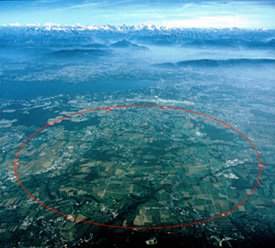
Microsoft unveiled a new class of computer – the "Ultra Mobile Personal Computer (UMPC) at the
CeBIT trade show in Germany. Codenamed "Origami", the device is designed to provide the features of a Microsoft Windows PC but will be about half to one-third the size of a traditional notebook computer and, at 1kg, will weigh about the same as a bag of sugar.
UMPCs are expected to cost $US500-$1000. A handful of manufacturers, including Samsung which built the model shown off by Microsoft at CeBit, have so far committed to make them. They are expected to be on sale next month. Microsoft says it developed the UMPC with Intel to meet chairman Bill Gates' demand for a new category of PC that was "less expensive, lighter and more functional".
The first generation of UMPCs will run Windows XP Tablet PC Edition 2005, but future models will run a version of yet-to-be-released operating system Windows Vista. They will feature a 7-inch touch-screen display and a 30-60 gigabyte hard disk drive. Some models may include built-in GPS, webcams, fingerprint readers and TV tuners. WiFi connectivity is likely to be a must.
There is speculation mobile phone network operators may also choose to support the sale of UMPCs with built-in cellular connections and may end up subsidising the cost of the devices. It will be possible to attach a standard keyboard via a USB port or, wirelessly, using Bluetooth.
Sceptics argue the devices offer neither the capability of a notebook computer nor the convenience of traditional handheld computers, querying also whether the estimated 2.5-hour battery life of UMPCs will prove sufficient to meet customers' needs. Previous attempts to launch new form factor computers, such as the Apple Newton, have flopped.




